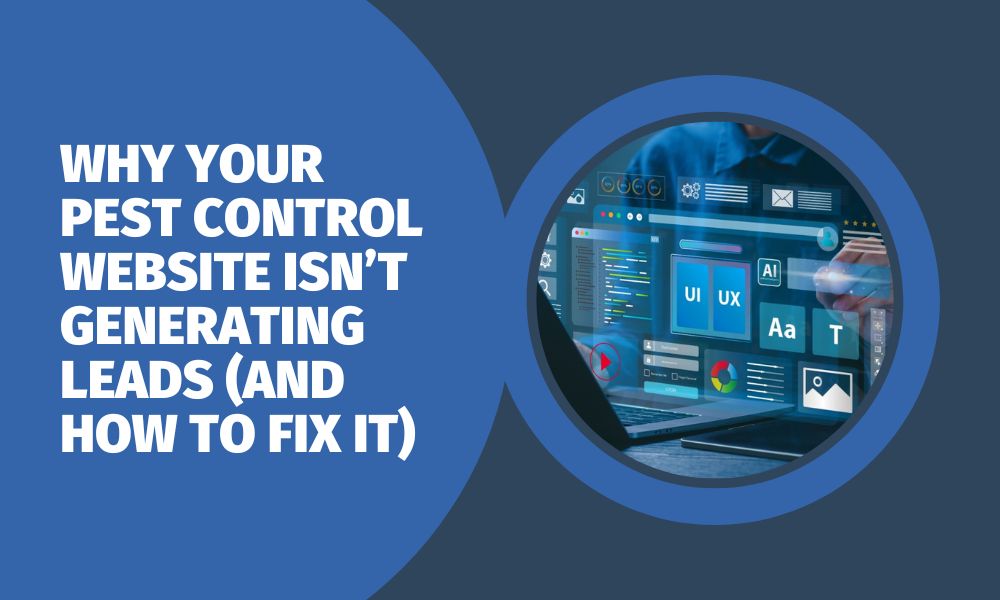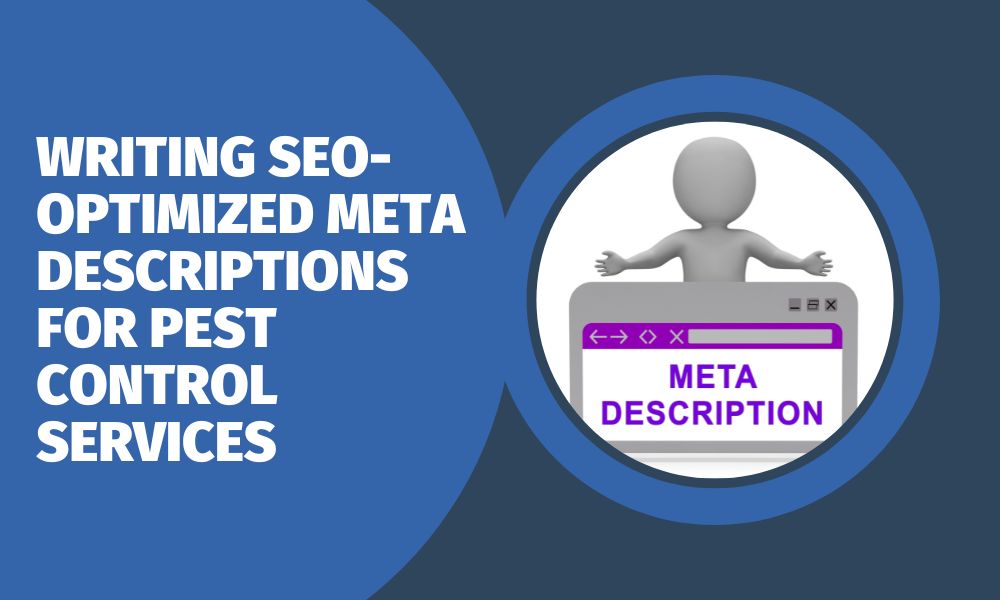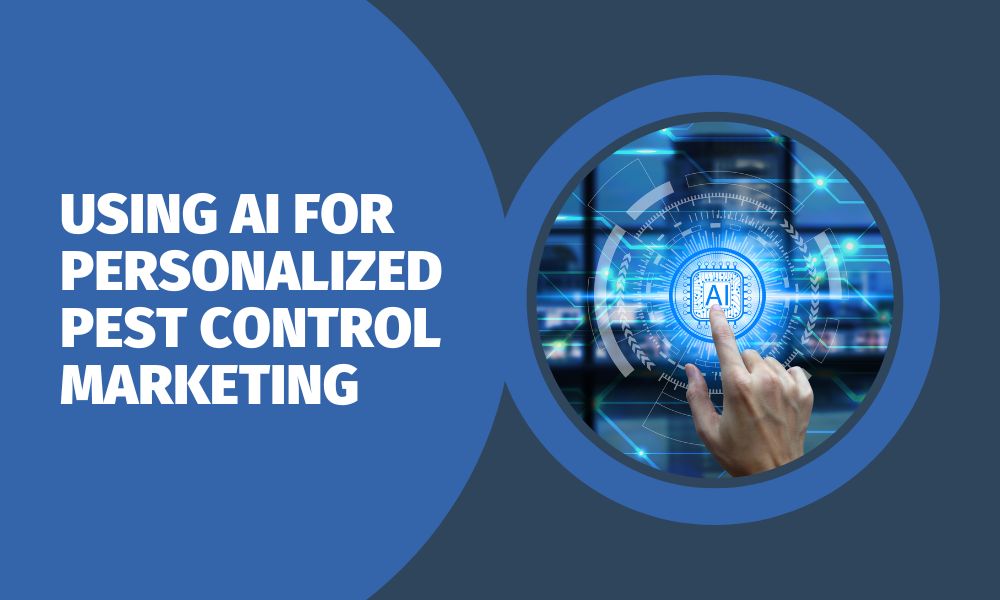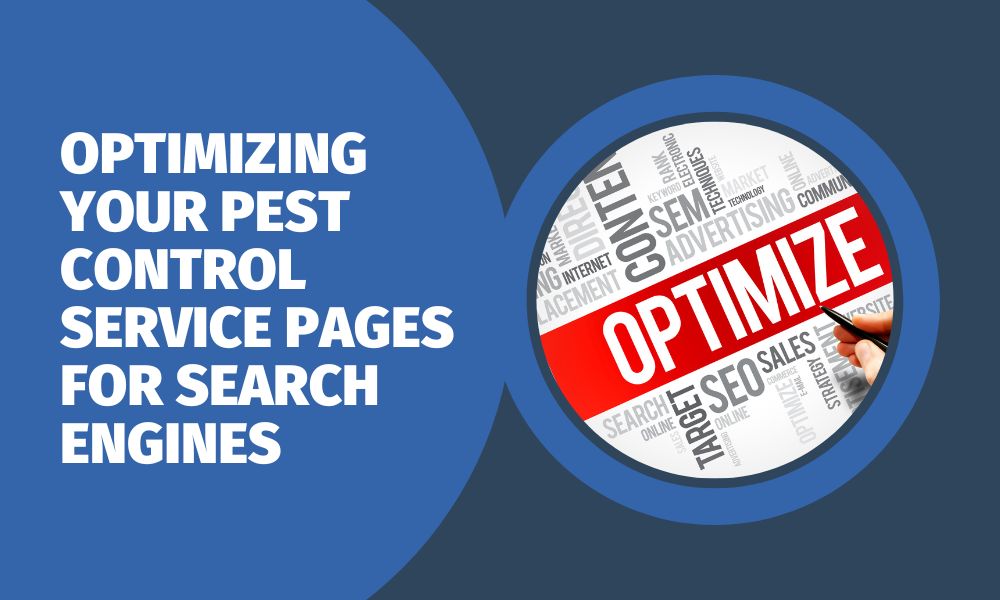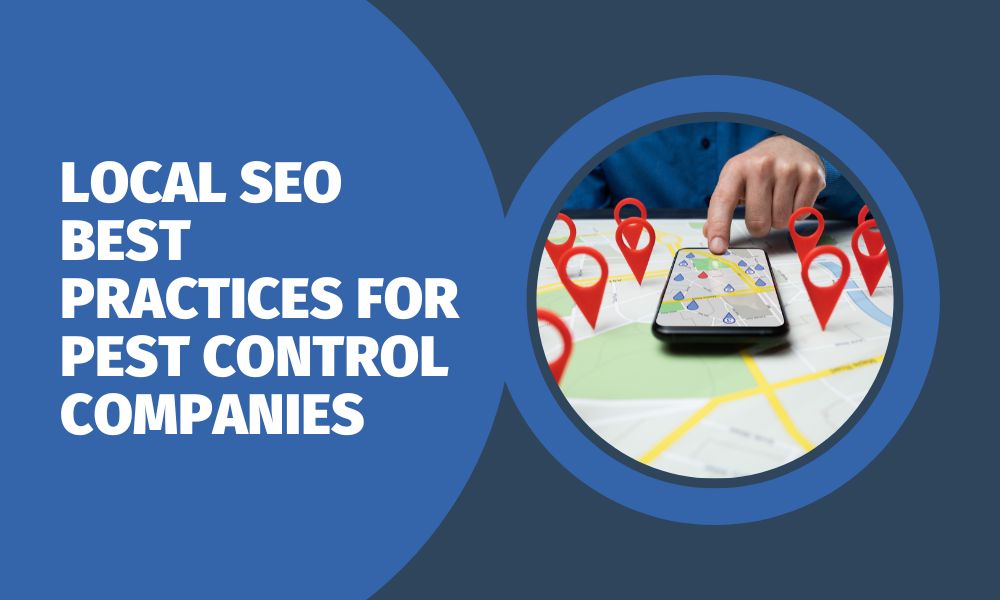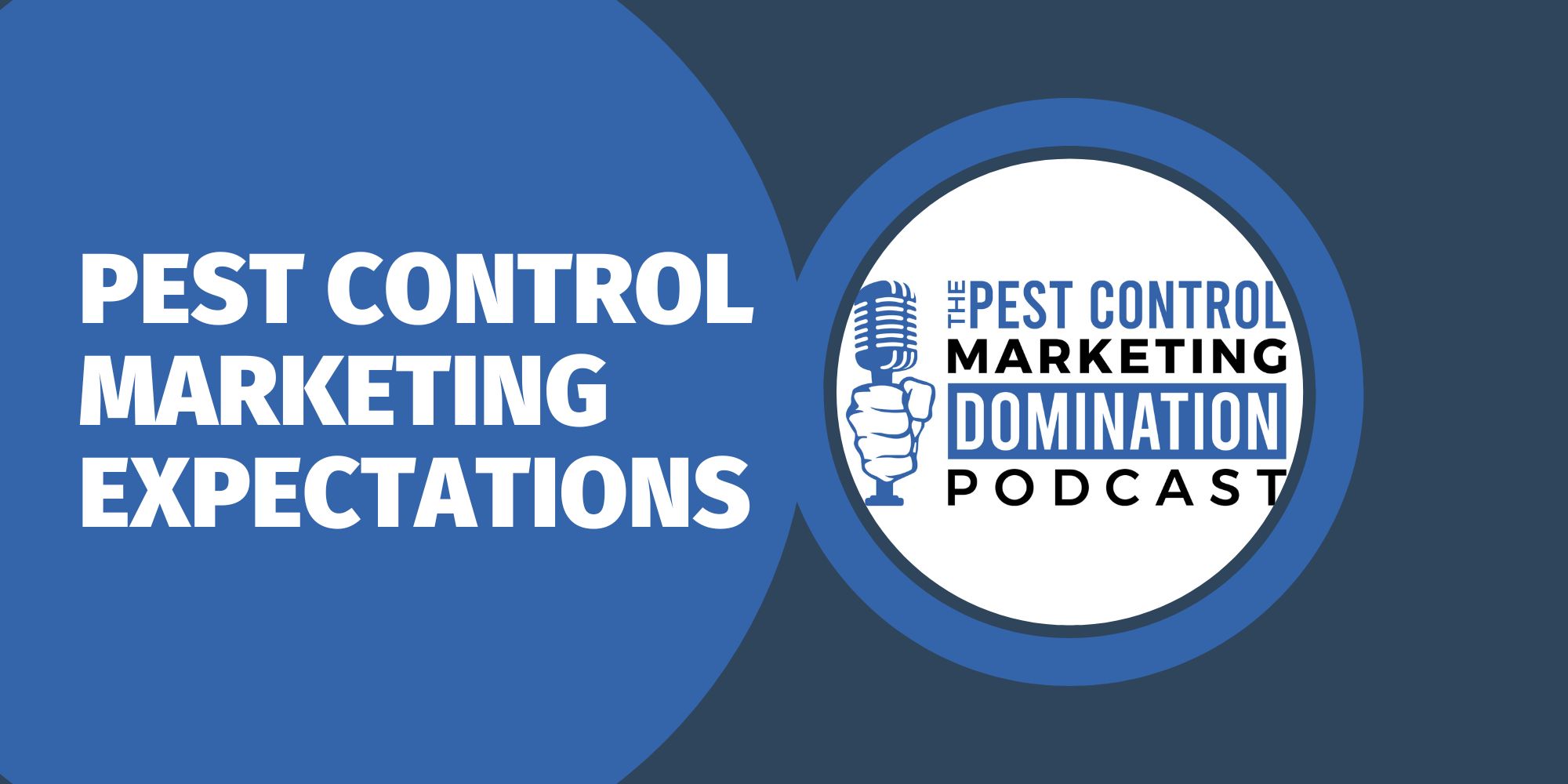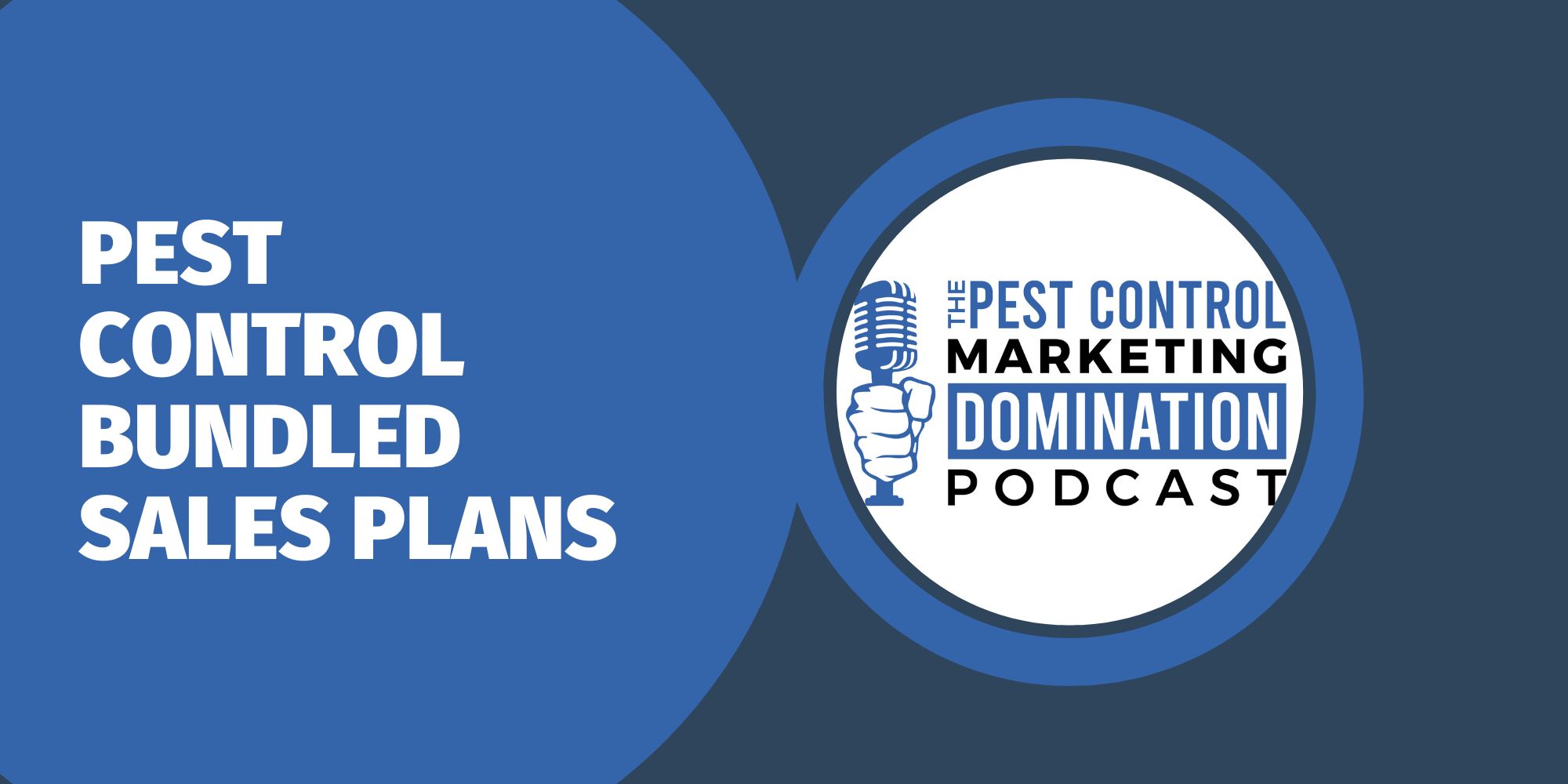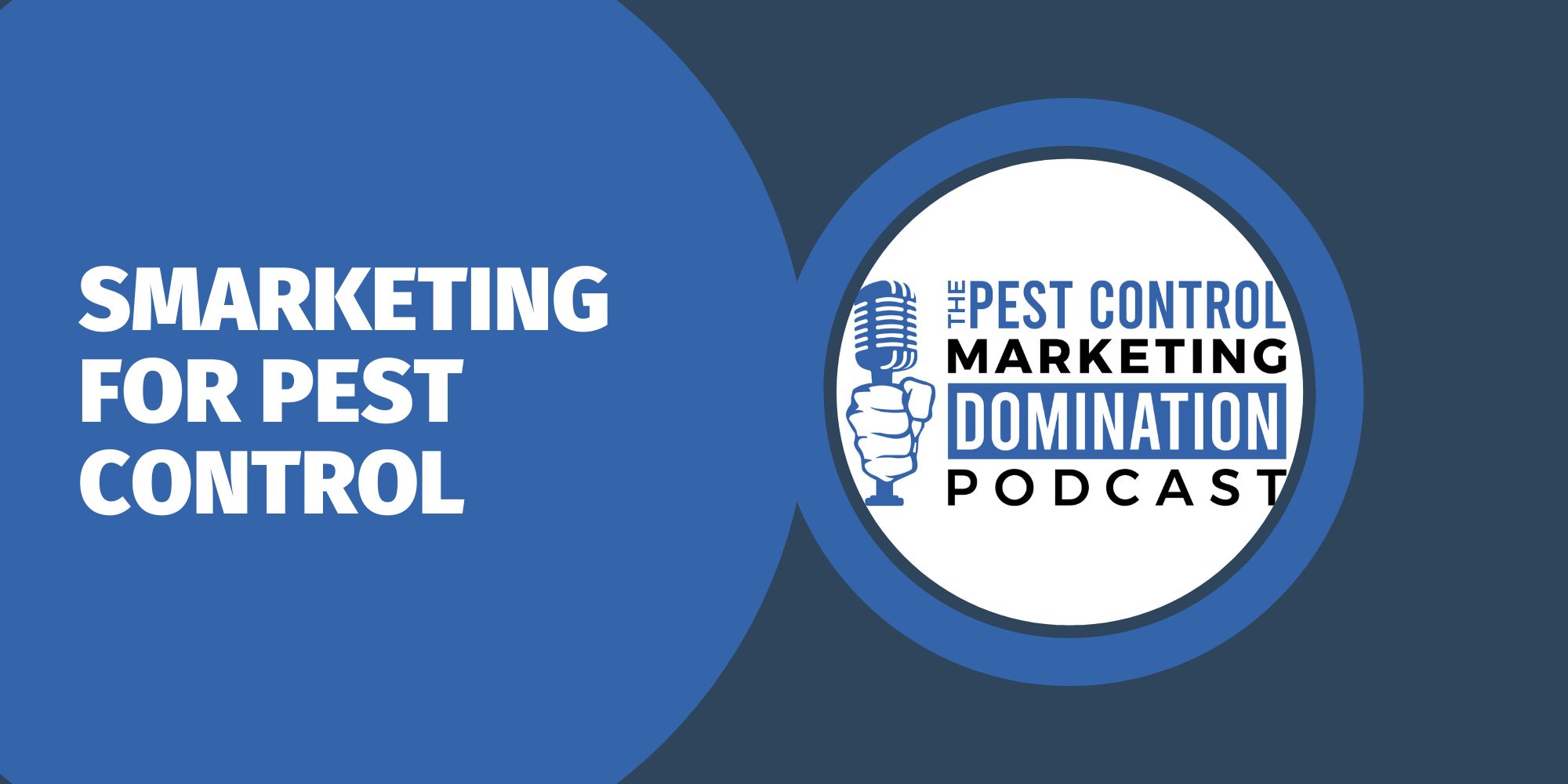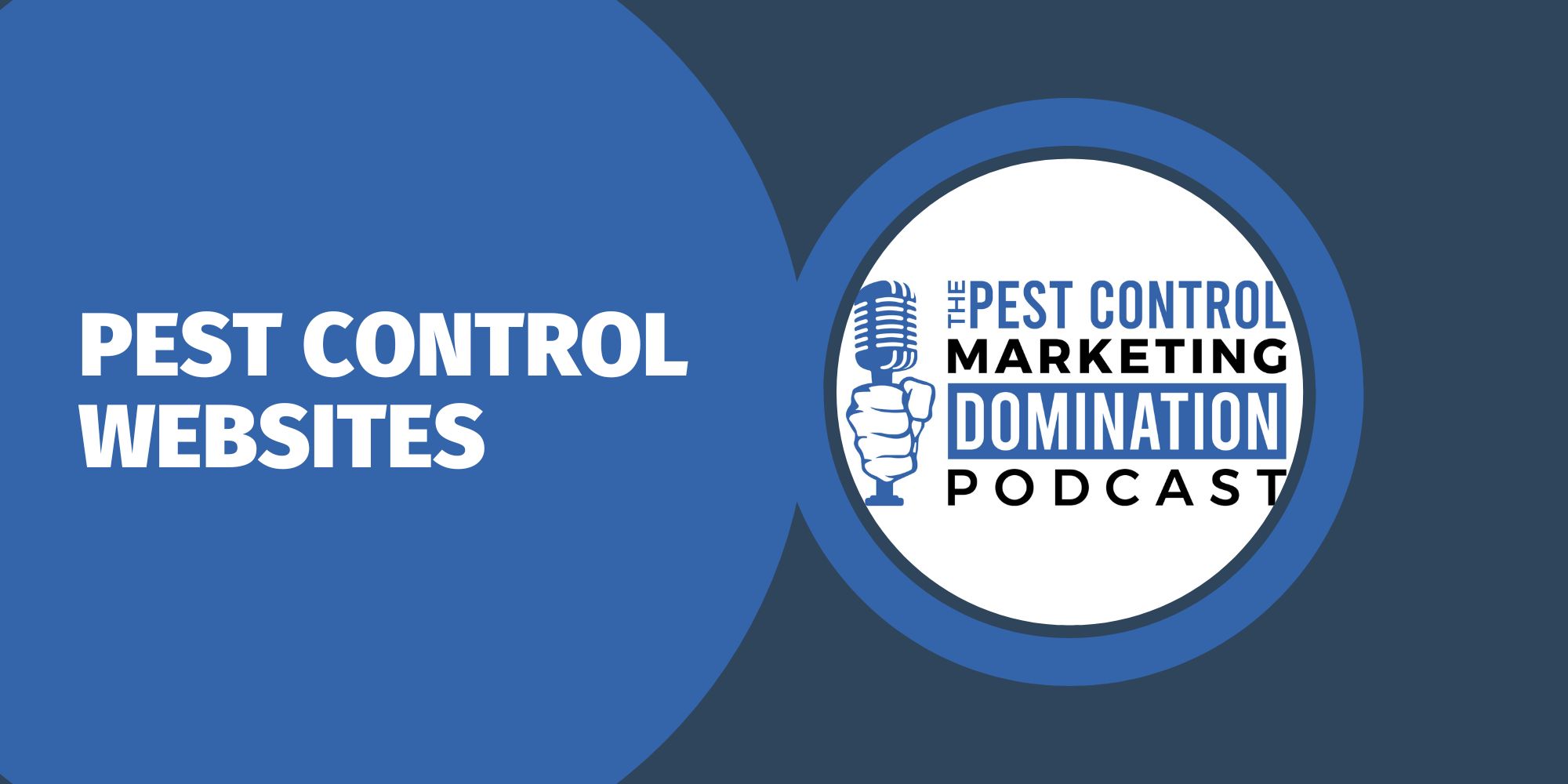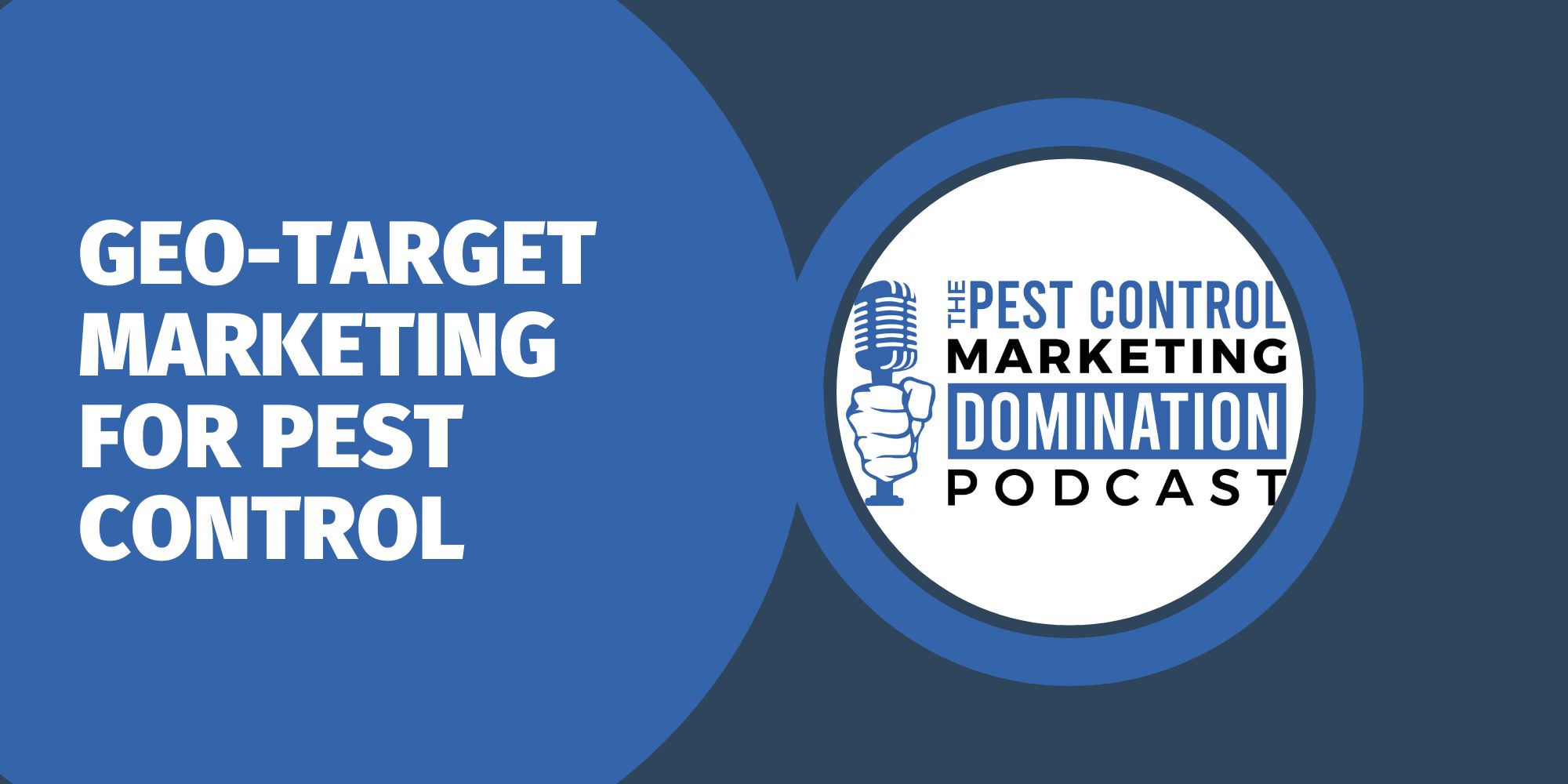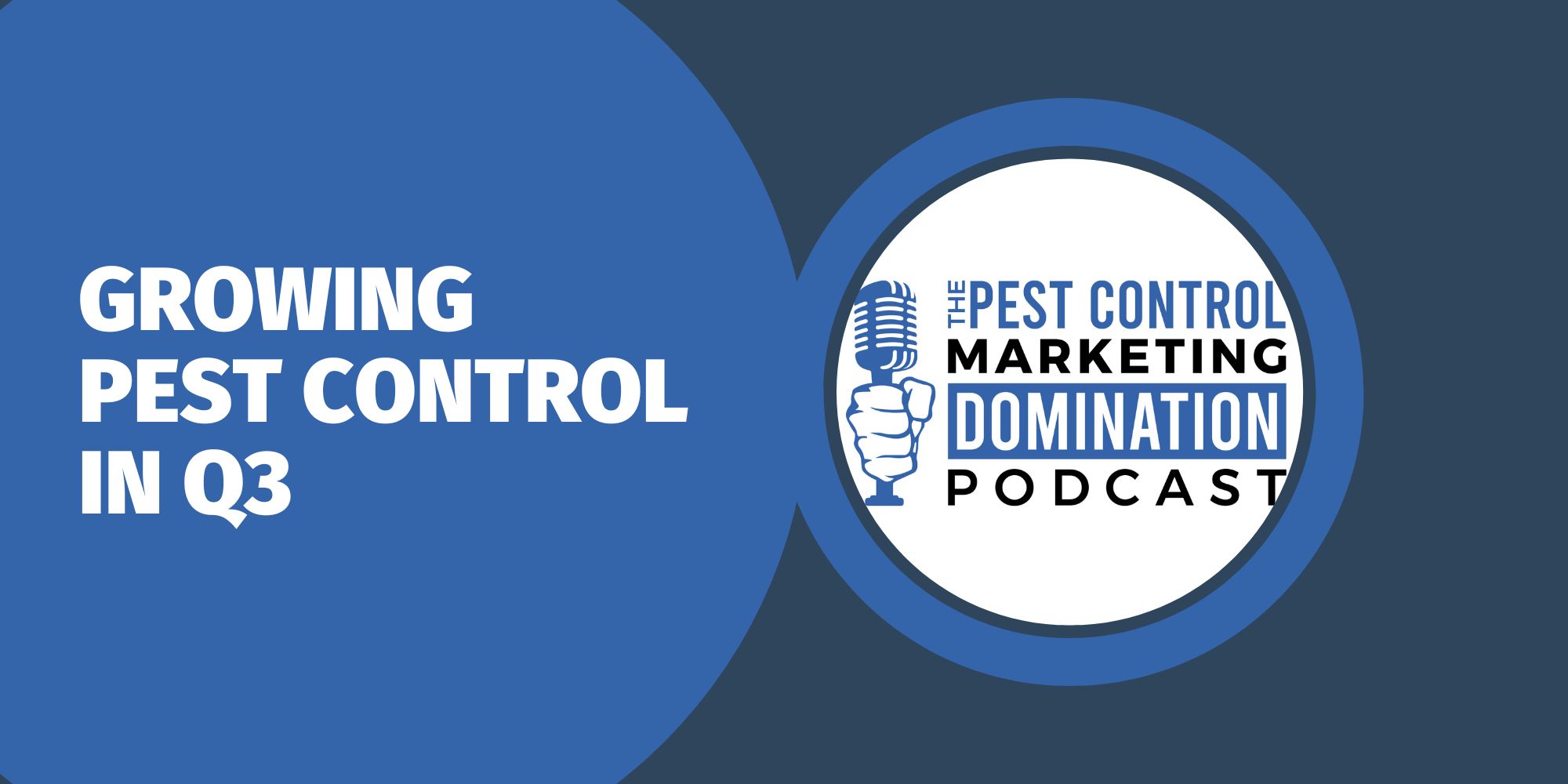Google Ads is Google’s advertising program you can use to create and run ads to reach local pest control prospects who are interested in your products and services. It is the most popular pay-per-click (PPC) advertising system to exist—PPC refers to the amount of money you will spend each time someone clicks on your ad and ends up on your landing page.
While Google Ads can be an enormously helpful money-generating marketing tool for your pest control campaigns, we urge you to approach Google Ads with caution. If you do not understand the process and how to properly use Google Ads for your benefit, you may end up wasting money on ads instead of earning it.
Running your ads with Google Ads requires some key planning and strategizing to bring success to your pest control company. Many small business owners jump into the Google Ads game without first determining the costs and strategies required to earn money, and as a result, suffer a loss of revenue. Planning your strategy before jumping in is the best way to ensure you will make money instead of losing it.
Setting Up Your Ad Campaigns
To create the best strategy possible, it is best to understand Google Ads and the best ways to set up your campaigns. Google Ads campaigns are highly customizable, and the way you set up your campaigns will determine your success or failure. You will have to research your local market and adjust your campaigns accordingly.
Start Pest Control Ad Campaigns: To begin your campaigns, you’ll select your campaign type. For pest control, it is best to create campaigns using Search. This campaign type is really the only beneficial type for Pest Control companies to generate clients. This option allows people who are searching for pest control services to find you. After you select your campaign type you can name your campaign. Give it a simple and easy-to-remember title.
Create a Pest Control Bidding Strategy: Your primary focus for bidding should be on Clicks. Highly relevant ads will get the most clicks. Relevancy depends partly on how well your keywords match search queries. Keyword pricing is largely determined by your service location(s). Pest control keywords are generally higher than other industries. The larger the population of your service area(s), the higher the bidding prices tend to be, so you will typically pay more to have your ad viewed in highly populated areas.
Set Up Pest Control Ad Groups: This is a very important step for pest control. Ad groups can be used to organize your ads based on the types of products and services you provide. For example, if you run a campaign for residential services, you might include the bugs and insects related to this category as part of your ad groups. This might include black widows, black ants, red ants, mosquitoes, cockroaches, etc. The keyword list in each ad group tells Google to show ads for these pests only on search results pages related to them to increase your click through rates.
Use Responsive Search Ads: Responsive search ads are also a very important aspect to your Google Ads campaigns as they let you adapt your ad’s content to match prospects’ search terms more closely to improve your campaign’s performance. Creating ads that adapt to more relevant search terms helps your prospects find you better and increases your online engagement.
This also improves your ad performances and metrics such as your clickthrough rate (CTR) and conversion rate. Apply at least one responsive search ad with good or excellent ad strength for each ad group. According to Google, companies see about a 9% increase in clicks and conversions when their ad strengths go from poor to excellent.
Add Pest Control Ad Extensions: (Or sitelink extensions) are free extensions to your ads that link searchers directly to relevant pages on your pest control website and can be used to highlight the unique services you offer to help you stand out in search engine results pages (SERPs). These extensions take up more space on the SERPs for relevant queries to draw more attention to your ad, depending on which devices searchers are using.
Have a powerful landing page: Make your landing page relevant to the service your ad is advertising to get the most out of your money and time spent on keyword bidding and research. Also, include high-volume keywords on your landing page to attract the right prospects. This includes adding them to your headings and subheadings to make sure prospects are seeing the services they expect to see after clicking your ad.
Conclusion
Once you’ve set up Google Ads, you can begin running campaigns to attract your local prospects and grow your business. As you can probably tell from reading this article, there is much more to Google Ads than simply bidding on keywords and outbidding your competitors, although bidding is a major part of the overall process. Never hesitate to reach out for professional help with your Google Ads campaigns. At Rhino, we’re here to help. Give us a call today!












